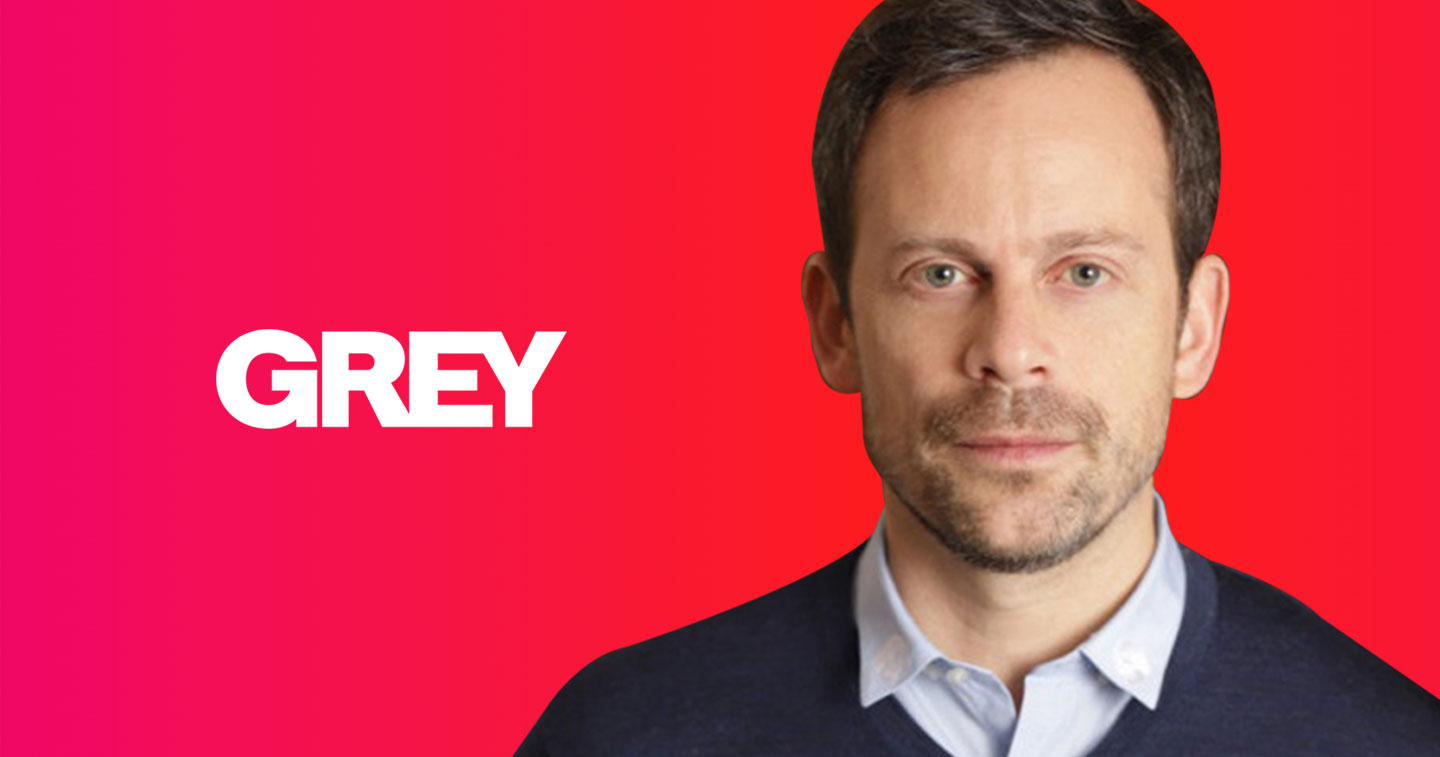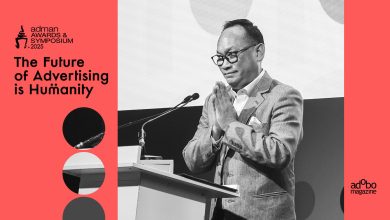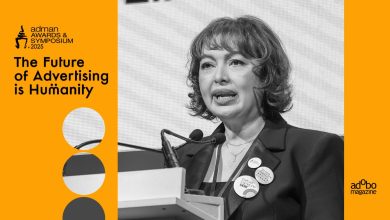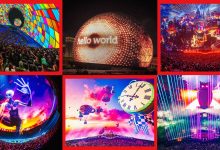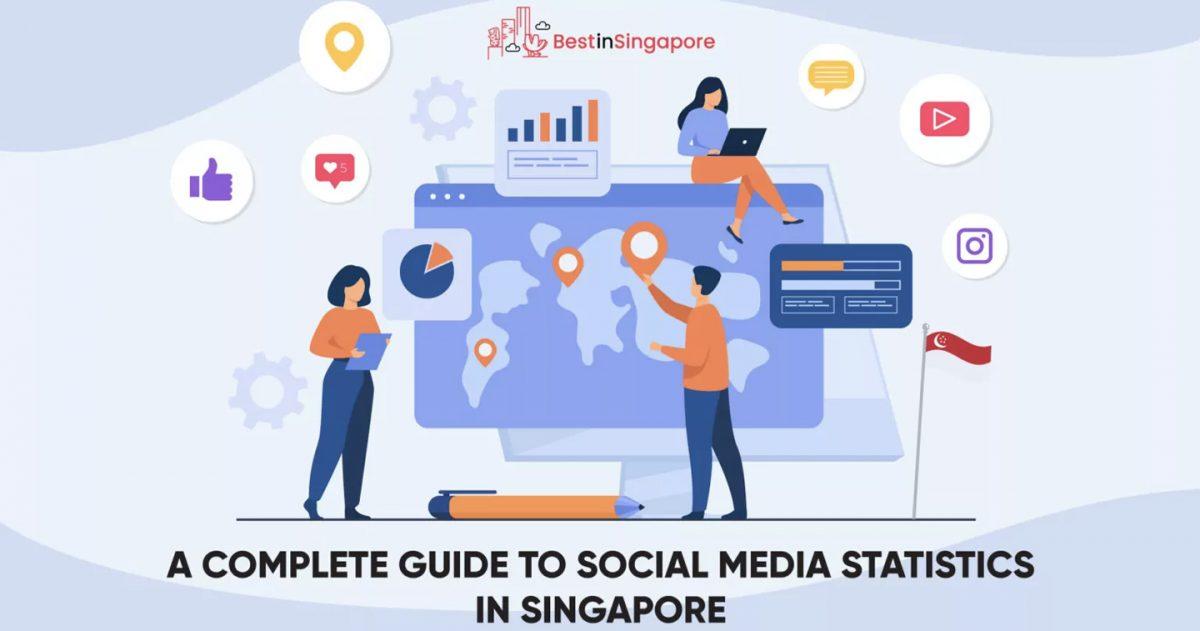Michael Houston, Worldwide CEO of Grey Group, today announced that Javier Campopiano is joining the agency as Chief Creative Officer, Grey Europe & Global Clients.
In this new position, Campopiano will oversee creative development on key global accounts, help set and implement the creative vision and spearhead the recruitment of top talent to serve them. As CCO for Europe, he will enhance the overall creative product across the region, working closely with Eduardo Maruri, President and CEO of Grey Europe. He will work from London and Madrid.
Michael Houston said, “We are delighted to welcome Javier to Grey. One of the world’s most accomplished and charismatic creative leaders, he is renowned for work that entertains, sells and becomes part of the cultural conversation, true to our ‘Famously Effective’ philosophy. We can’t wait to start working together.”
Javier Campopiano: Mastermind Behind “It’s a Tide Ad”
Javier Campopiano joins Grey from FCB Mexico where he has served most recently as partner and Chief Creative Officer after more than four years at Saatchi & Saatchi. During his tenure as Chief Creative Officer, he transformed the creative reputation of that agency’s flagship New York office.
He received global notoriety for the “It’s a Tide Ad” campaign, the gaggle of faux ads that hijacked the 2018 Super Bowl and swept the award shows, winning the Film Grand Prix, a Titanium Lion and the 2019 Grand Effie, among others. Critics hailed its humor, flawless craft and clever, classic problem-solving marketing.
“Javier is a creative force with a world-class reputation for innovative, beautifully crafted work. Plus, as a proven creative leader he’s a perfect fit for this new role specifically focused on driving creativity and growth for global clients,” John Patroulis, Worldwide Chief Creative Officer, said. “No one is better suited to deliver on our promise to use the power of creativity to solve business problems and seize new business opportunities as he works top-to-top with clients in our borderless model. He’s a special talent, and we’re lucky to have him.”
During his career, Campopiano has brought his unique talents to build giant global brands for giant global networks. He began his career as an intern at Ogilvy Argentina and went on to become Regional Creative Director in Latin America for Ogilvy, Saatchi & Saatchi and FCB before becoming a Partner and Chief Creative Officer of FCB Mexico. The proud recipient of 49 Cannes Lions, and a Black Pencil, he has won every top international creative honor.

